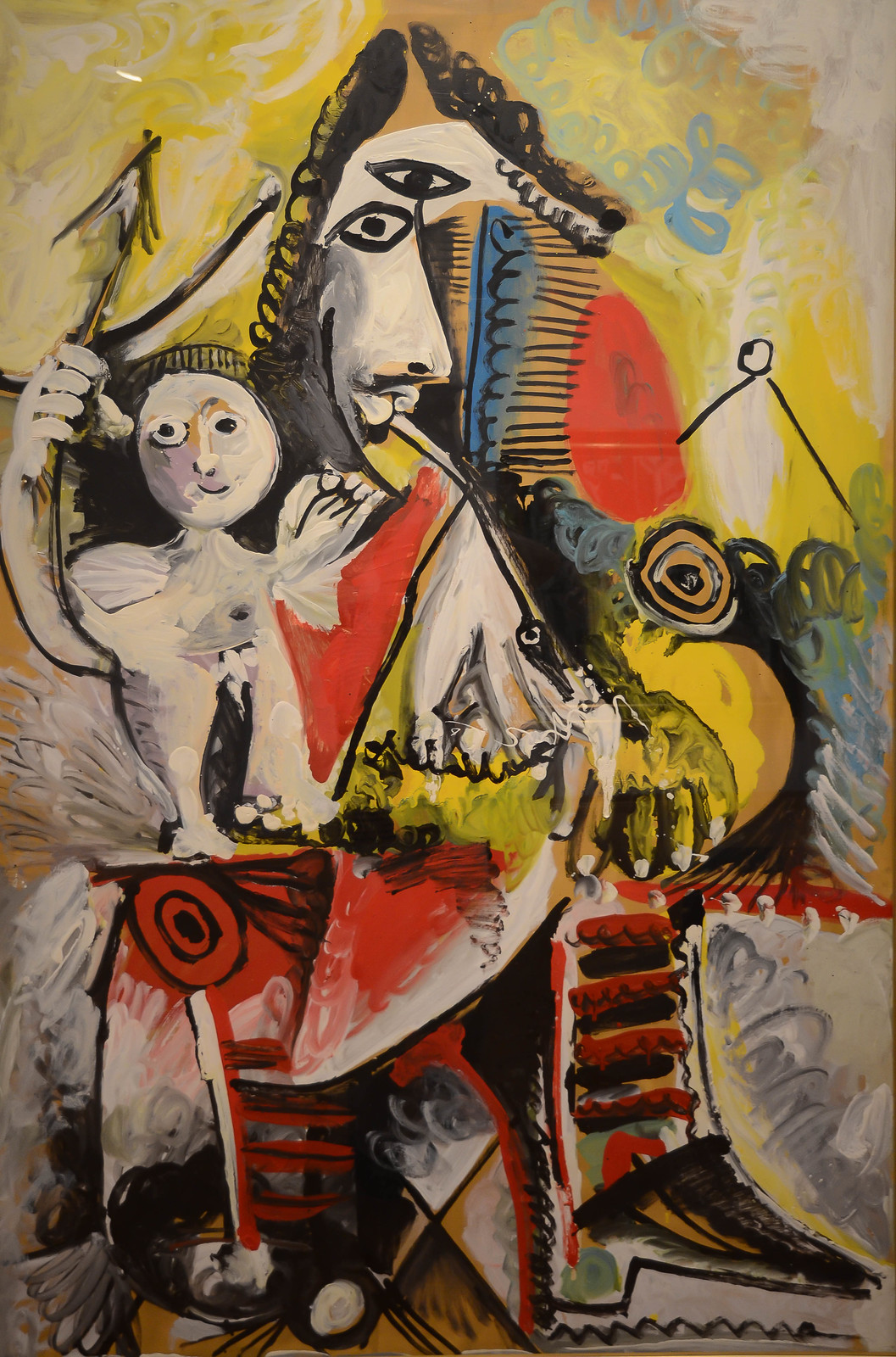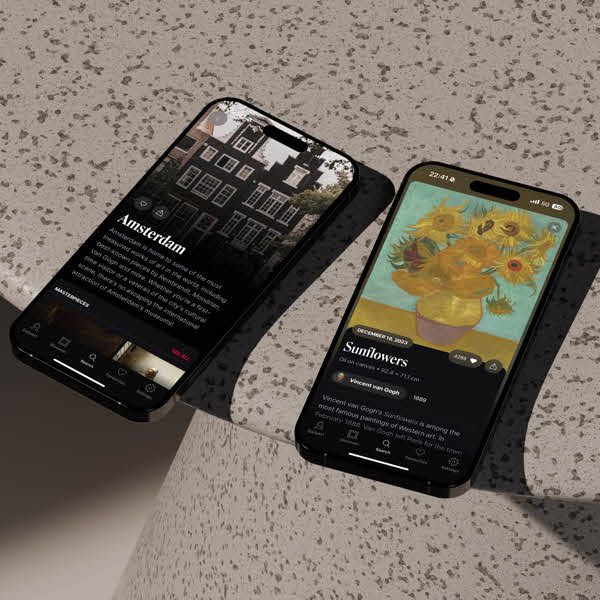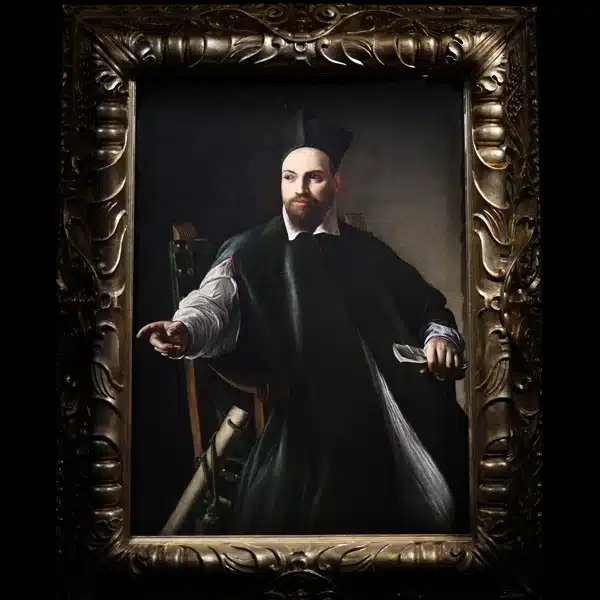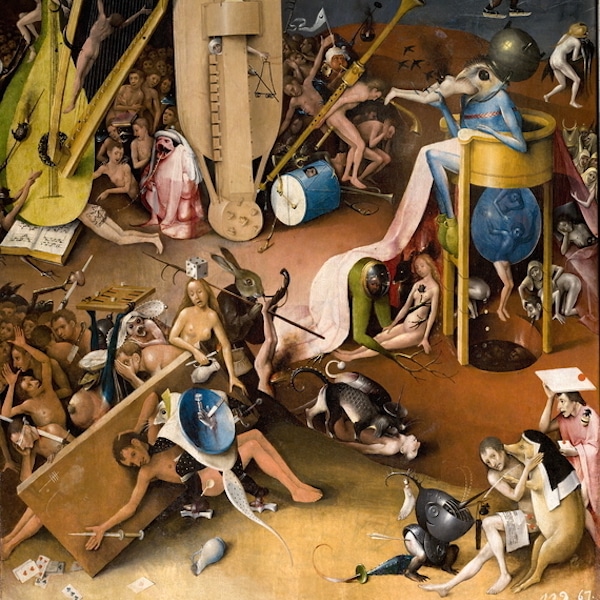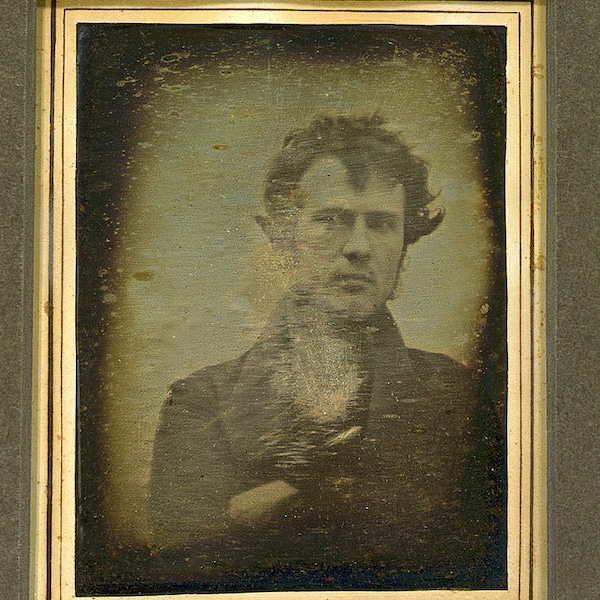Post-Impressionism
An early modern art movement, Post-Impressionism helped facilitate a new approach to art introduced by the Impressionists. Rather than classical art and mythology, however, Post-Impressionist artists found inspiration in daily life. This interest is apparent in Cézanne's Still Life with Plaster Cupid. While this painting does feature a classical subject, he is represented as an everyday object—an interpretation that captures modern artists' avant-garde approach to art history.
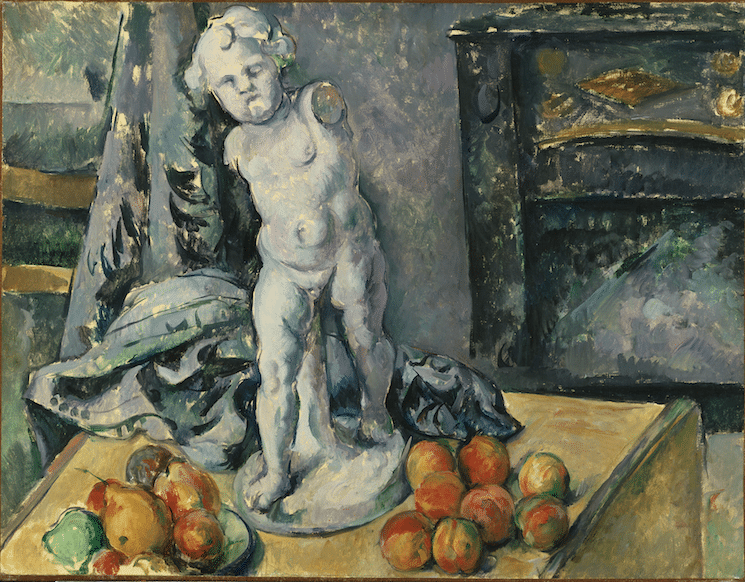
Paul Cézanne, ‘Still Life with Plaster Cupid,' 1890s. (Photo: National Museum via Wikimedia Commons)
Expressionism
Expressionist artist Edvard Munch built upon the Post-Impressionists' modern approach to traditional iconography. Renowned for his melancholic and moody paintings, Munch was driven by emotion, as apparent in his striking take on Cupid and Psyche. Rendered in an artificial color palette and featuring stylized and somber figures, Cupid and Psyche abandons everything traditionally associated with Cupid, from his jovial appearance to his recognizable props.
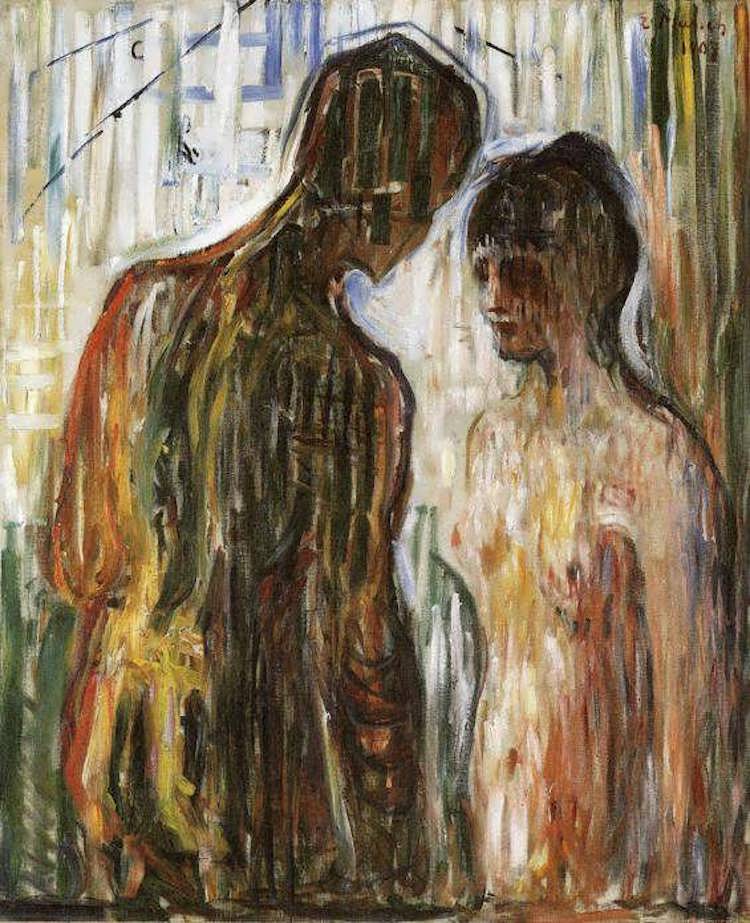
Edvard Munch, ‘Cupid and Psyche,' 1907. (Photo: The Athenaeum via Wikimedia Commons)
Surrealism
Given the Surrealists‘ interest in dream-like subject matter, it is not surprising that Salvador Dali would experiment with mythological themes. In Venus with Cupids, he reimagines the Renaissance-born trend of including multiple Cupids in a single scene.
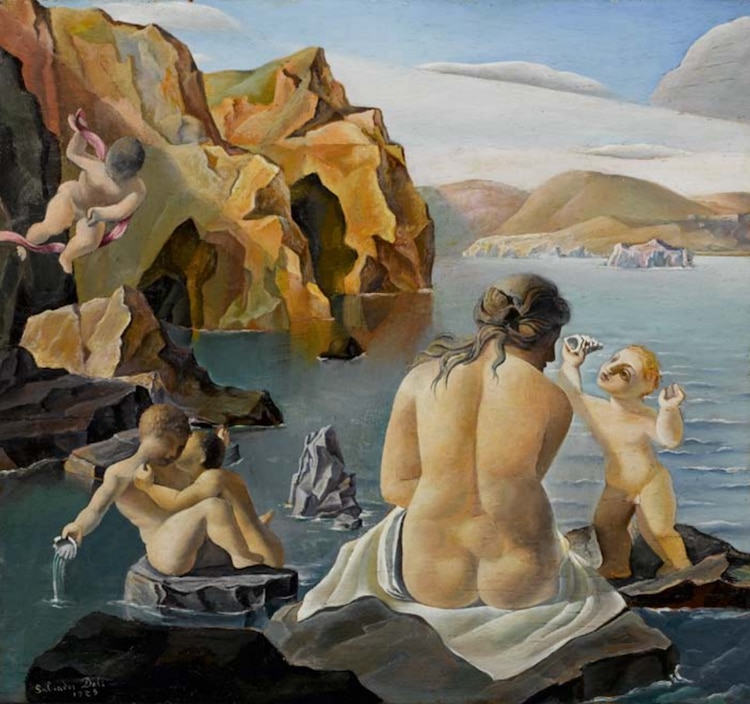
Salvador Dali, ‘Venus with Cupids, 1925. (Photo: cea + (CC BY 2.0))
Pablo Picasso also adopted the Cupid motif in his piece, Musketeer and Amor. Produced in the artist's Surrealist style, the painting portrays Cupid as an ambiguous figure, recognizable only due to the arrow in his hand and abstract forms that suggest wings.
Contemporary Art
Lastly, Cupid remains relevant in contemporary art, as today's artists continue to creatively represent the well-known figure. Cupid's Span, an outdoor sculpture by Pop Art duo Claes Oldenburg and Coosje van Bruggen, illustrates this interest in adopting and adapting the Cupid subject, minimizing the figure to what has developed into his most recognizable elements: a curved bow loaded with a single red arrow.
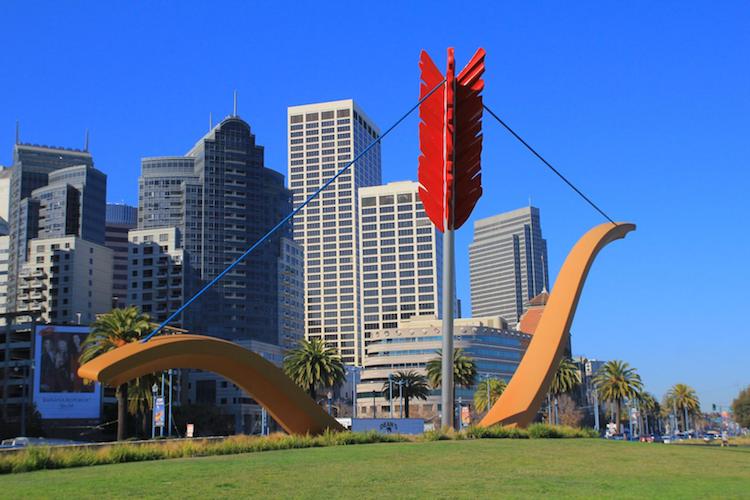
Photo: chrisjtse (CC BY-ND 2.0)
Spanning movements, styles, and even centuries, these cherub-inspired creations prove that Cupid and art have always been a perfect match.
Related Articles:
23 Valentine’s Day Cards to Express Your Love in a Quirky Way
Amateur Archaeologists Discover Rare Ancient Roman Mosaic in England
19th Century Valentines Are Surprising and Romantic Works of Art
